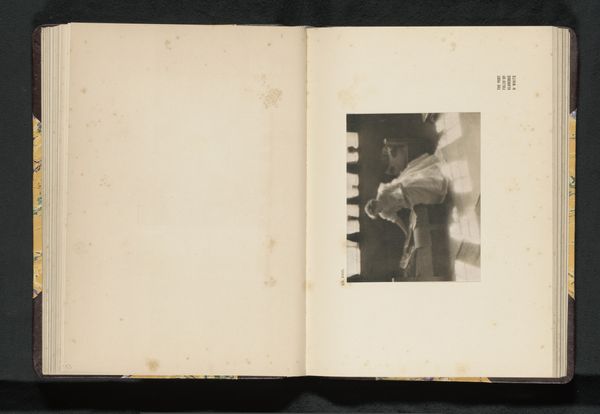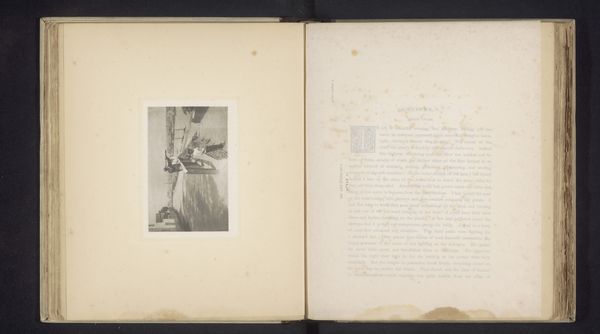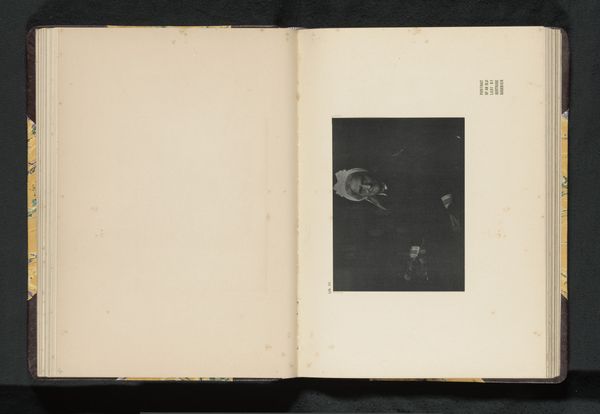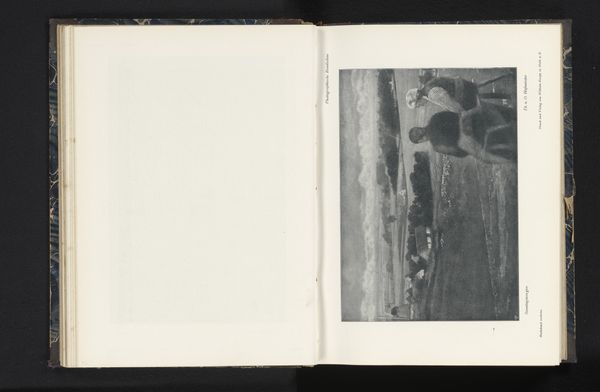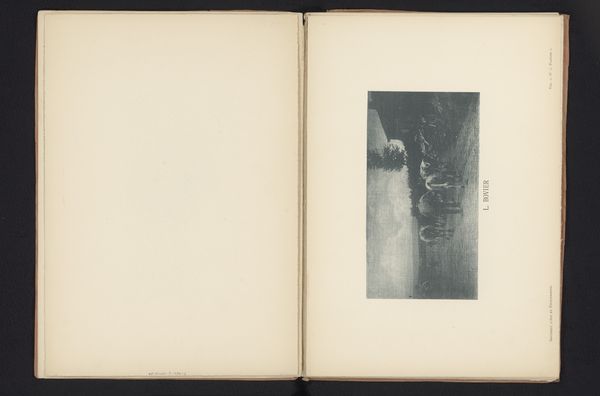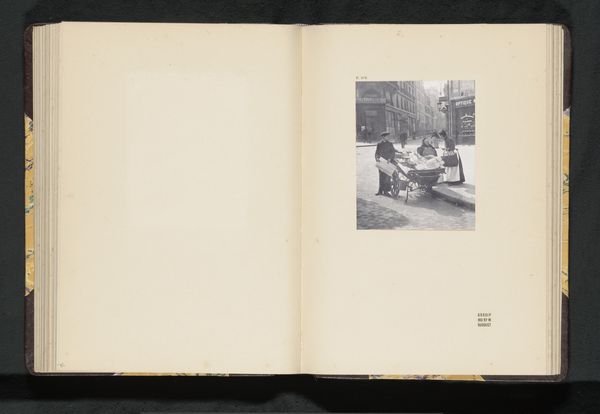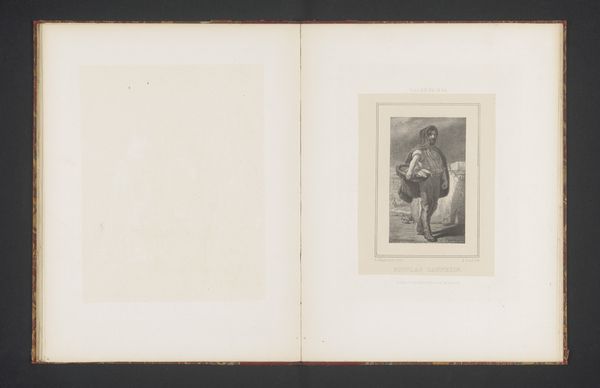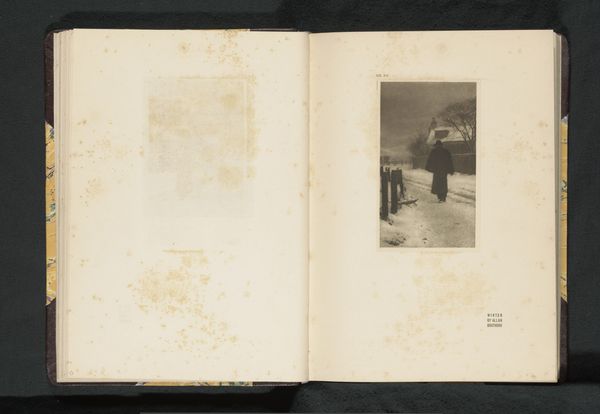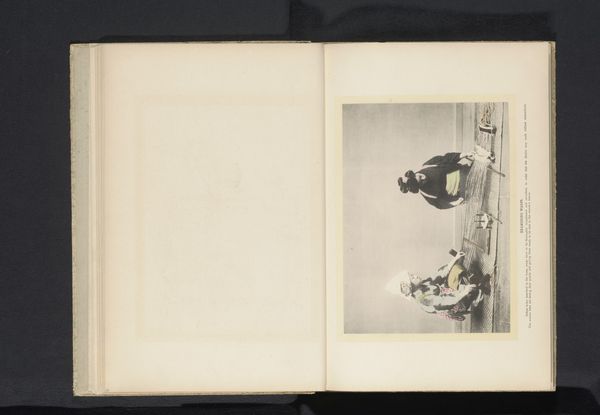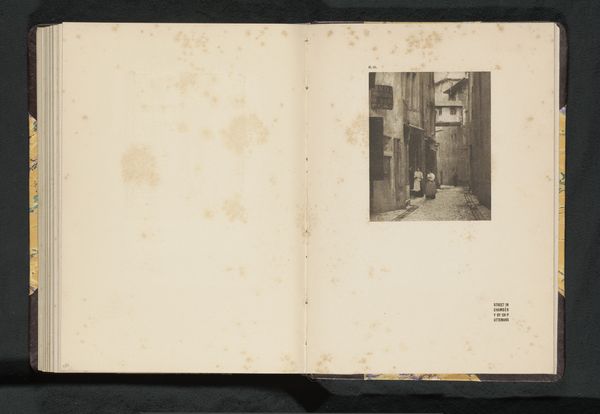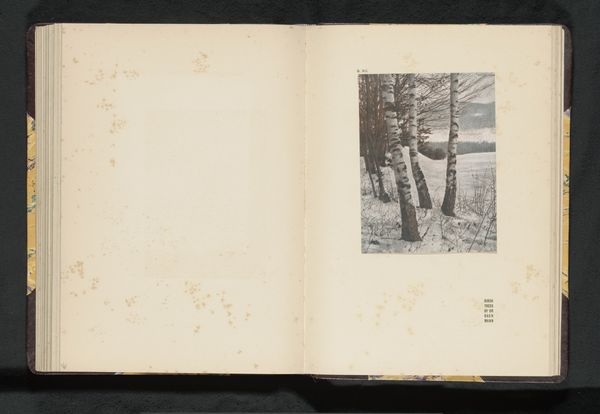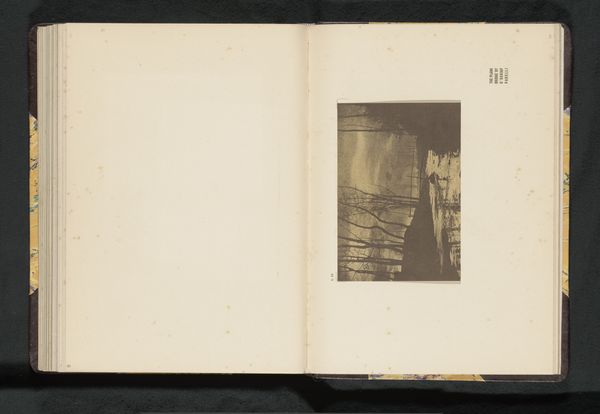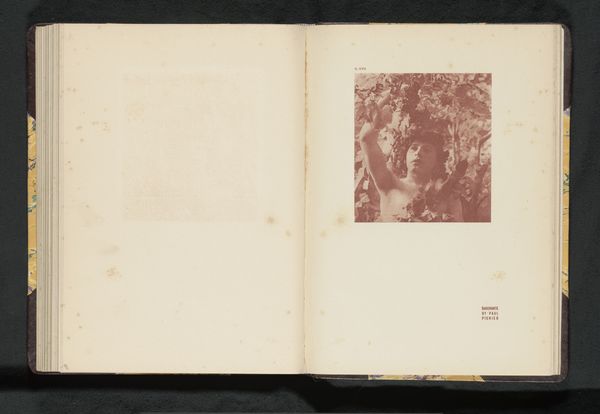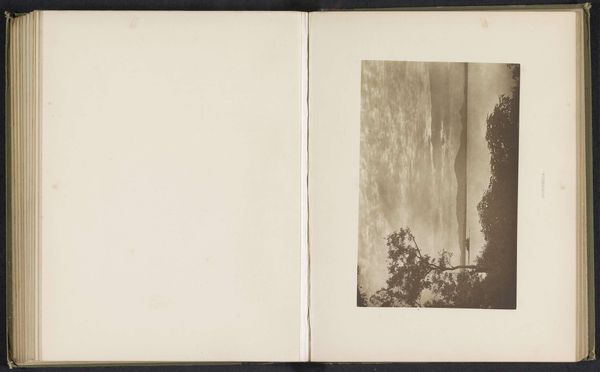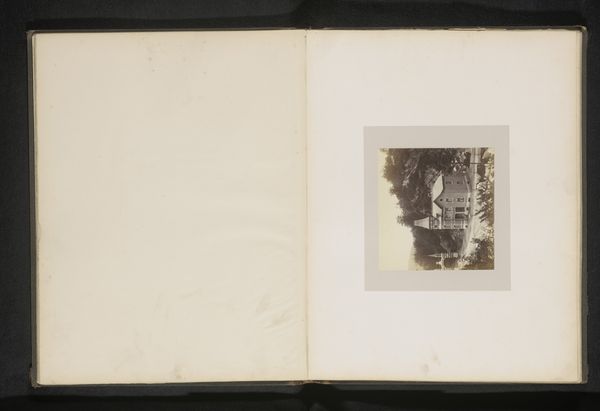
photography
#
portrait
#
pictorialism
#
landscape
#
photography
Dimensions: height 150 mm, width 110 mm
Copyright: Rijks Museum: Open Domain
Editor: So, here we have Hugo Erfurth's "Vrouw kijkt uit over het land," a photograph taken sometime before 1905. I'm struck by how small and solitary the figure seems against that wide landscape. What do you see in this piece? Curator: I see a powerful commentary on women's roles and perspectives during that era. Pictorialism, which is a distinct aesthetic style here, sought to elevate photography to the level of fine art. But if we consider the historical context, this image can also be interpreted as a subtle act of defiance. This woman gazing out, almost claiming ownership of the land, challenges the restricted roles often imposed upon women in the early 20th century. Do you think her stance is assertive, or contemplative? Editor: I initially saw it as contemplative, even wistful, but now that you mention it, there's a quiet strength in how she occupies that space, even turning away from the viewer, in this gaze toward a future perhaps. The fact it's photography, typically deemed "lesser art", adds another layer. Curator: Precisely. Erfurth is consciously pushing boundaries. Consider how the landscape itself, though seemingly passive, historically symbolizes opportunity and freedom. Pairing it with a female figure at this time adds a feminist dimension. What if her seeming solitude isn't loneliness, but independence? Editor: That's a complete shift from my original interpretation! Seeing it as independence rather than isolation definitely opens up new avenues for understanding the artwork. Curator: Exactly! By considering gender, social context, and artistic intention, we're not just looking at a pretty picture, but engaging with a statement on the evolving status of women. Editor: I will remember to go deeper beyond my initial mood of the picture, considering societal influences. Thanks!
Comments
No comments
Be the first to comment and join the conversation on the ultimate creative platform.
